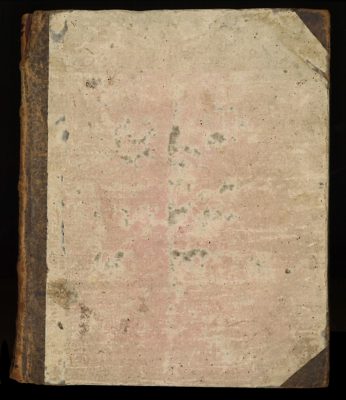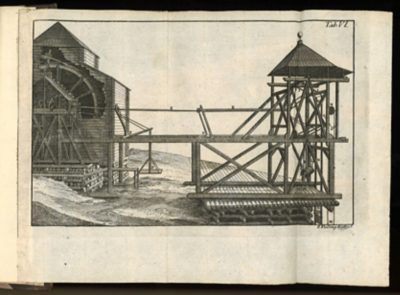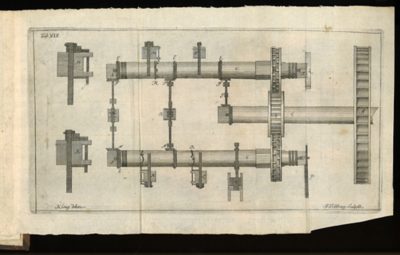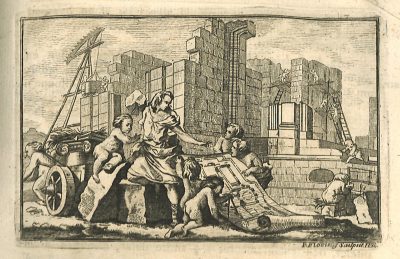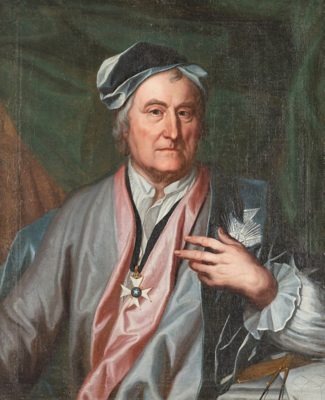'Inledning til mecaniken och bygningskonsten', or to translate its full title, 'An introduction to the mechanical and construction arts, including a description of many of the machines invented by Privy Councilor of Commerce and Commander of the Royal Order of the North Star the late Mr. Polhem', is a rare and curious volume among the various introductions to mechanical and architectural engineering that were produced during the 18th century. The author Carl Hindrich König (1726–1804), was a member of the Swedish Royal Academy of Sciences. As was typical for engineers of the period, his career was multifaceted. König engaged in private research, published, taught at the academy and took project commissions, eventually becoming the city architect of Stockholm in 1773.
This book, his only surviving publication, was intended as a treatise for young engineers and architects just entering the profession. It begins by covering such subjects as materials and the mechanics of materials. The more theoretical passages constitute almost verbatim the contents of lectures given in Paris in 1750 by Jacques François Blondel (1705–1774), later published as 'Cours d'architecture' (1771–1777). While in modern times, this would be considered barefaced plagiarism, it was a usual practice in the era before intellectual copyright, and Blondel's work was considered the standard for architectural engineering. Much of the remainder of the volume is given up to a description of the works of mechanical engineering by inventor Christopher Polhem (1661–1751), of whom König was a student.
The book has a somewhat disjointed quality to it. The year of Polhem's death (1751) and the year of the book's publication (1752), may explain this and suggest that it was put together in a hurry. It seems likely that the book's publication was to make good on a decision that had already been taken in 1744 by the Swedish Royal Academy of Sciences to spread knowledge of Polhem's inventions, and secure both his legacy and bring prestige to the reputation of the academy and kingdom. There are details in the book that also suggest a rush to publish, like the improper numbering of the illustration plates.
If it was put together hurriedly, this is not to the book's discredit, as it nonetheless provides one of the more extensive examinations of Polhem's legacy by his contemporaries. Polhem was one of the most remarkable engineers to have come out of Sweden and contributed significantly to the country's industrialization during the first Industrial Revolution. He had founded the Laboratorium Mechanicum, which still exists today in the form of the KTH Royal Institute of Technology. König's book contains details about these works and one of Polhem's greatest inventions: the mechanisms that formed a part of his eighty model strong "mechanical alphabet". The exhibition of these models at a special hall in Stockholm was successful at drawing visitors from far and wide to spread their inventor's concepts. One of those visitors was GF's very own founder, Johann Conrad Fischer, who wrote about the experience in his travel diary of 1794:
"In addition to this quantity of models of all kinds, there is also a mechanical alphabet compiled by the Privy Councilor of Commerce Polhem, which illustrates the full range of simple movements, 80 pieces in all.
In order to make this collection quite useful, the director published a catalog of all the pieces there, together with a short review of each and whether it had already been accomplished or was feasible on a large scale. Since this catalog is very inexpensive, it can be purchased by poor and rich alike. If someone asks for a description, drawing or model, he will receive it, of whatever kind it may be, for a reasonable fee."
In 2023, we will be celebrating the 250th jubilee of Fischer's birth, during which time an online edition of his travel diaries, including his time in Stockholm, will be published. To find out more, visit the project page here.
